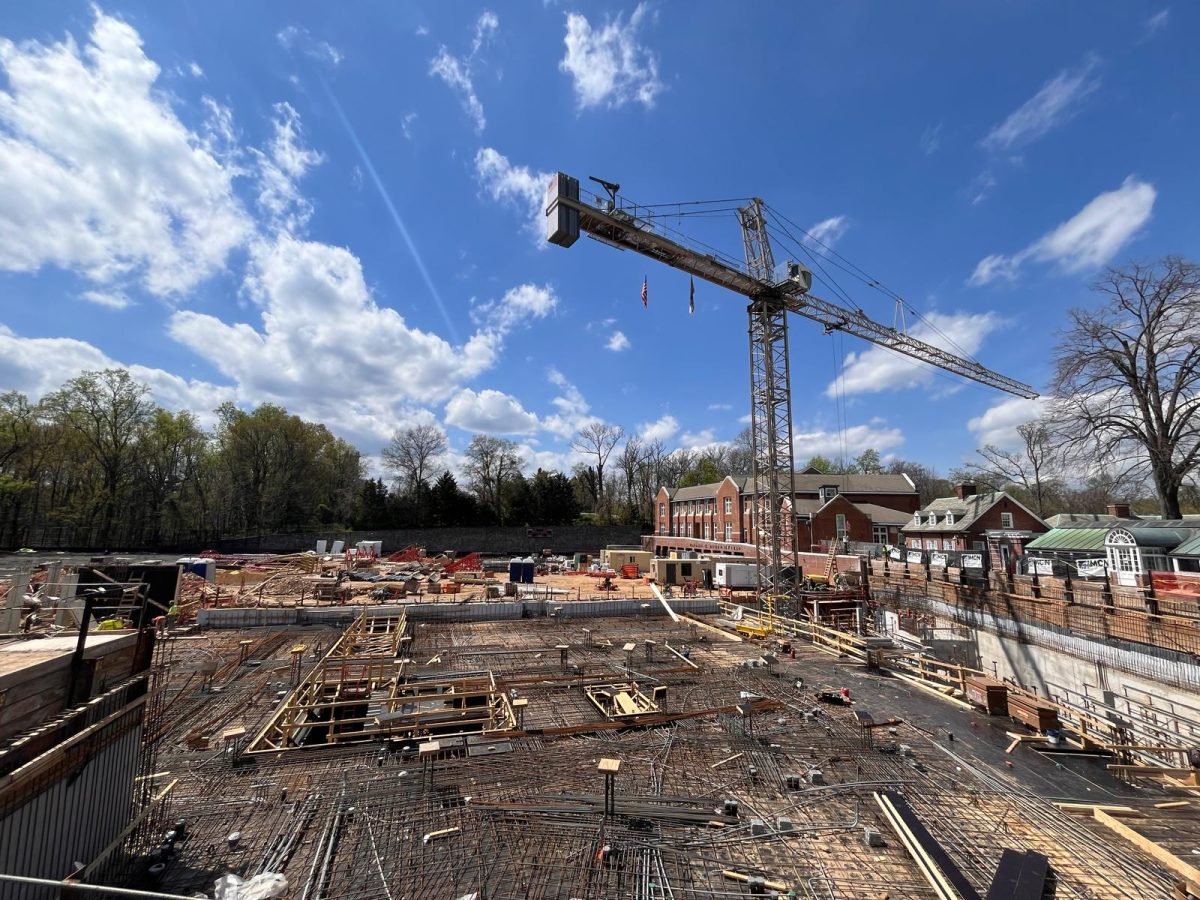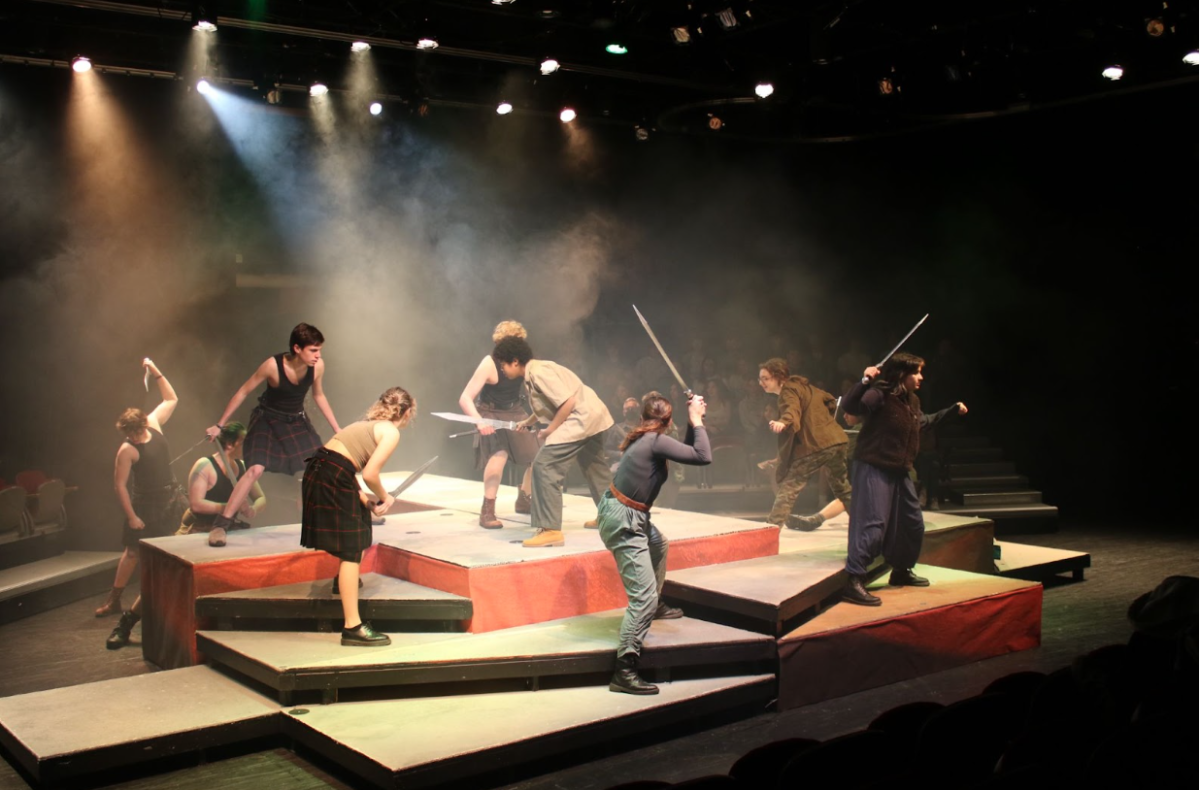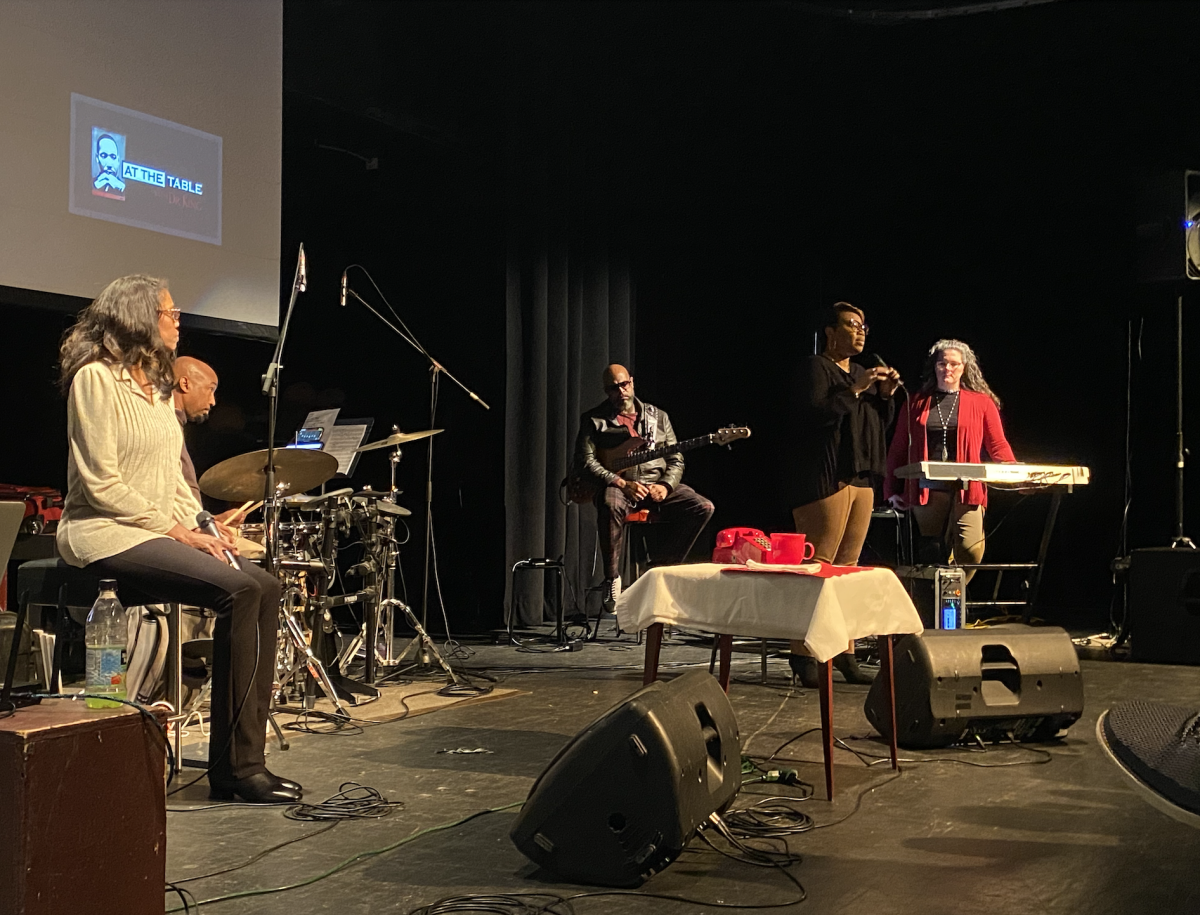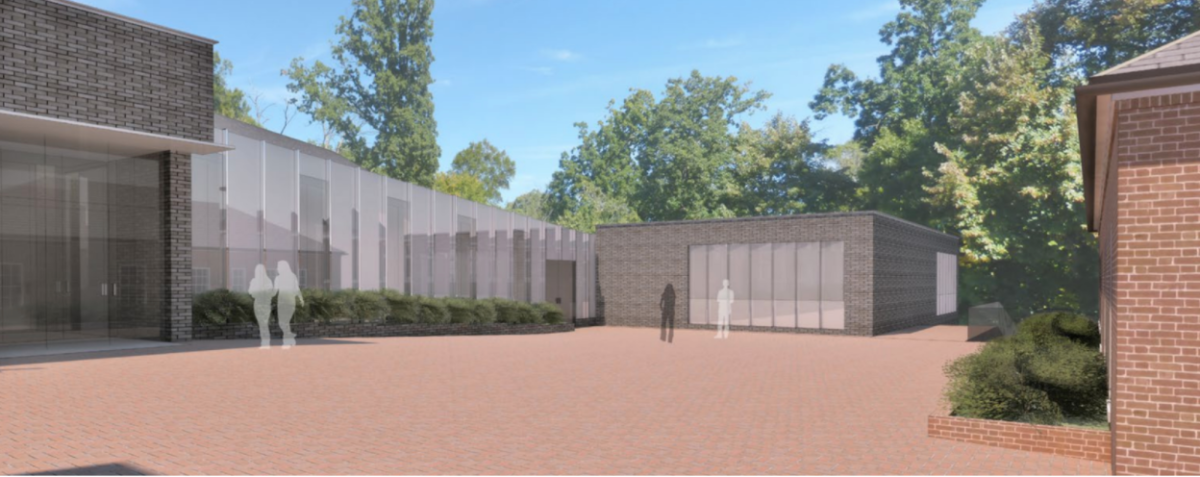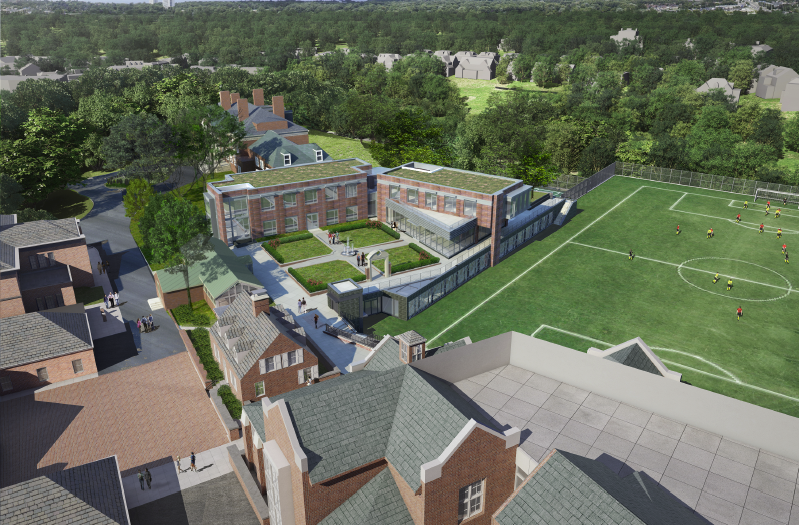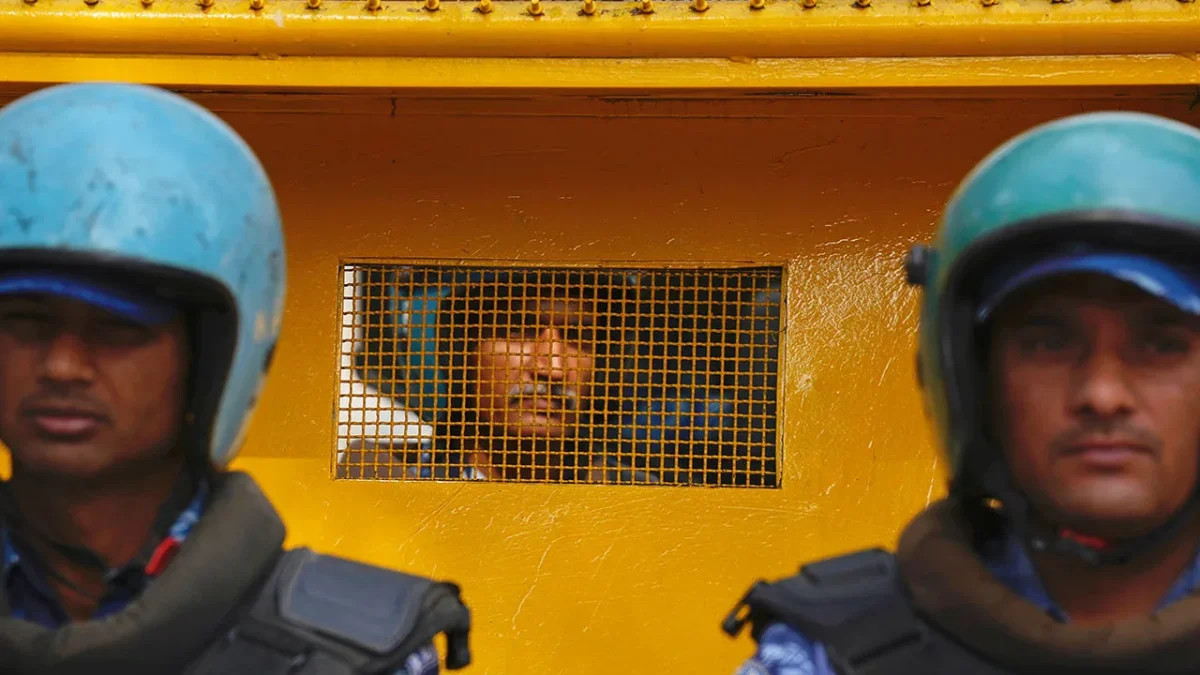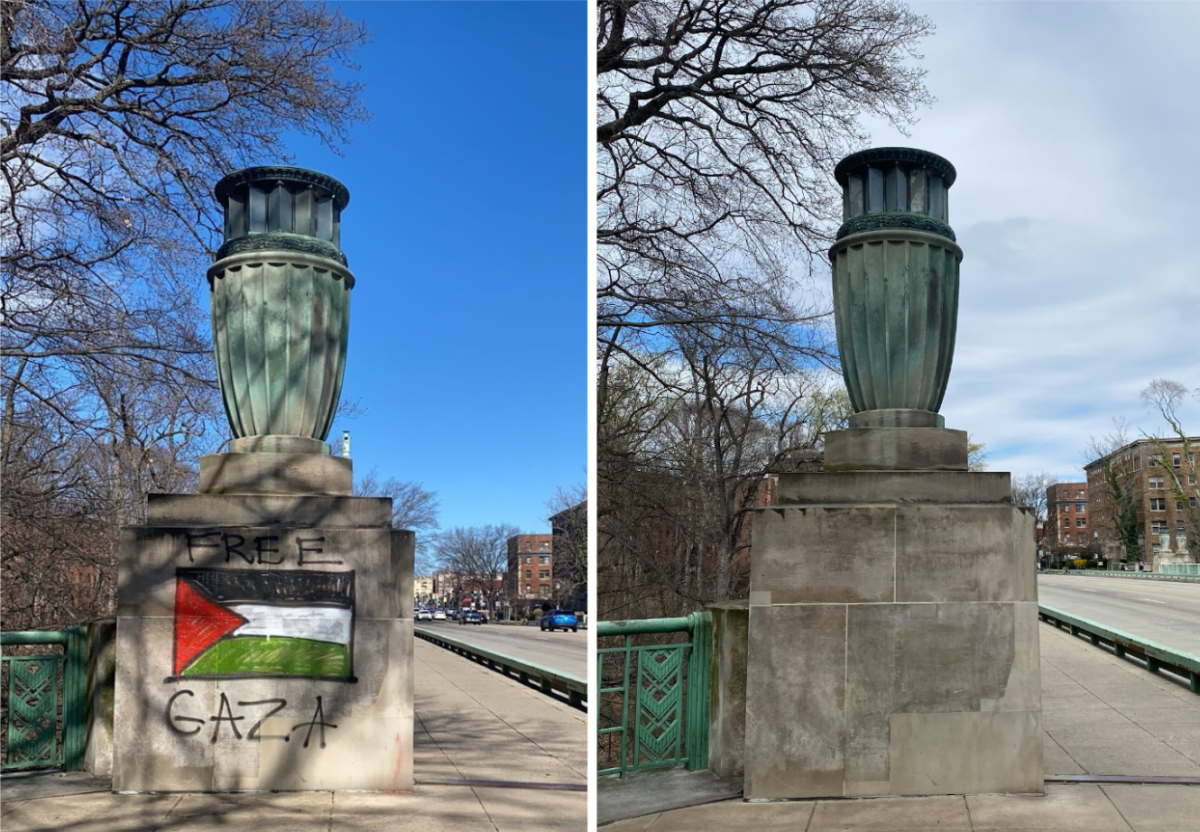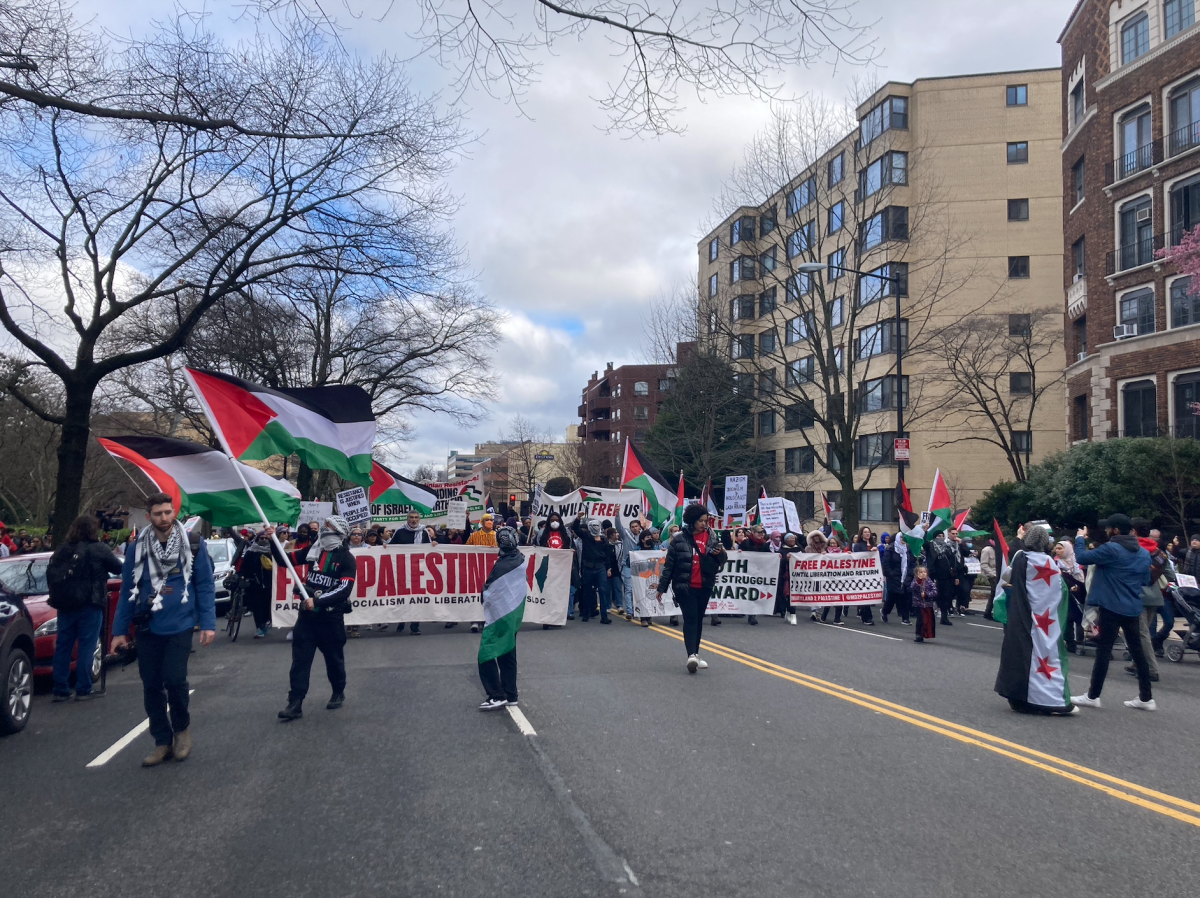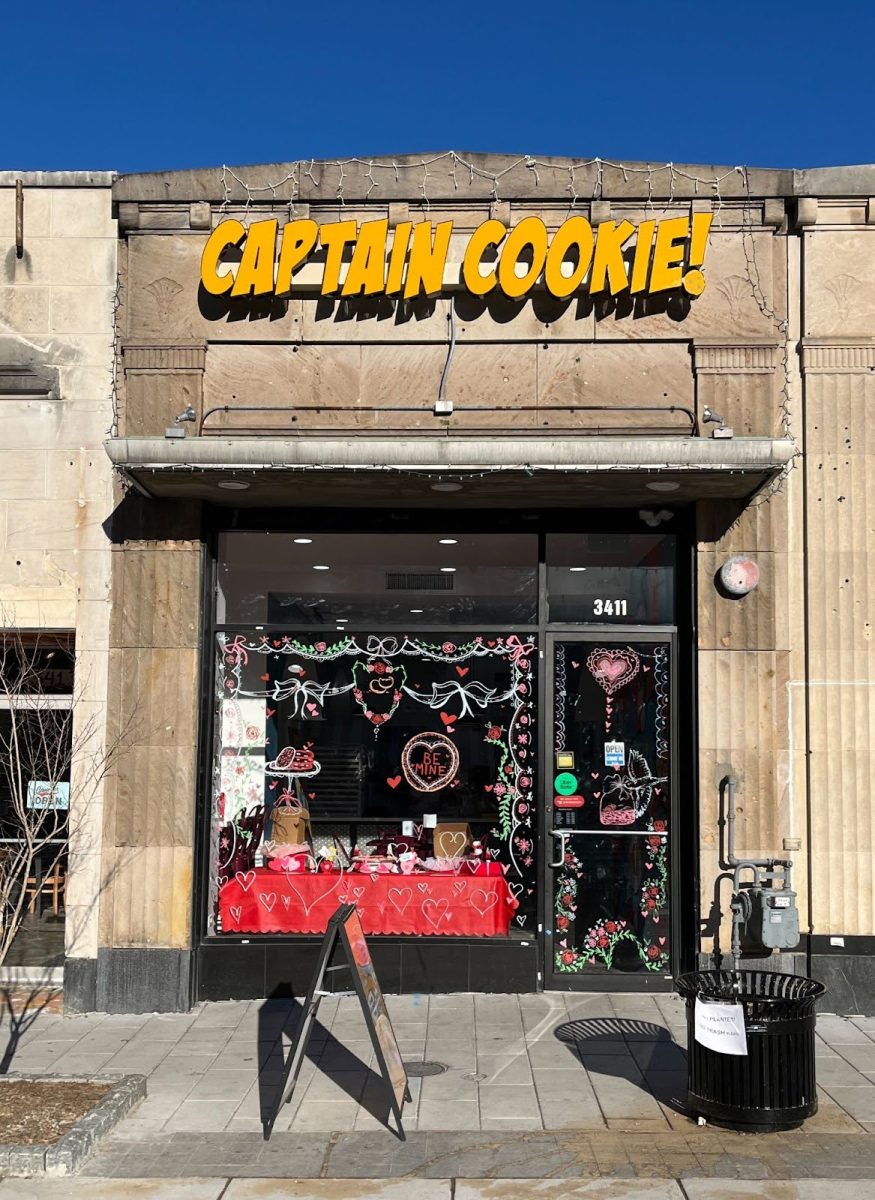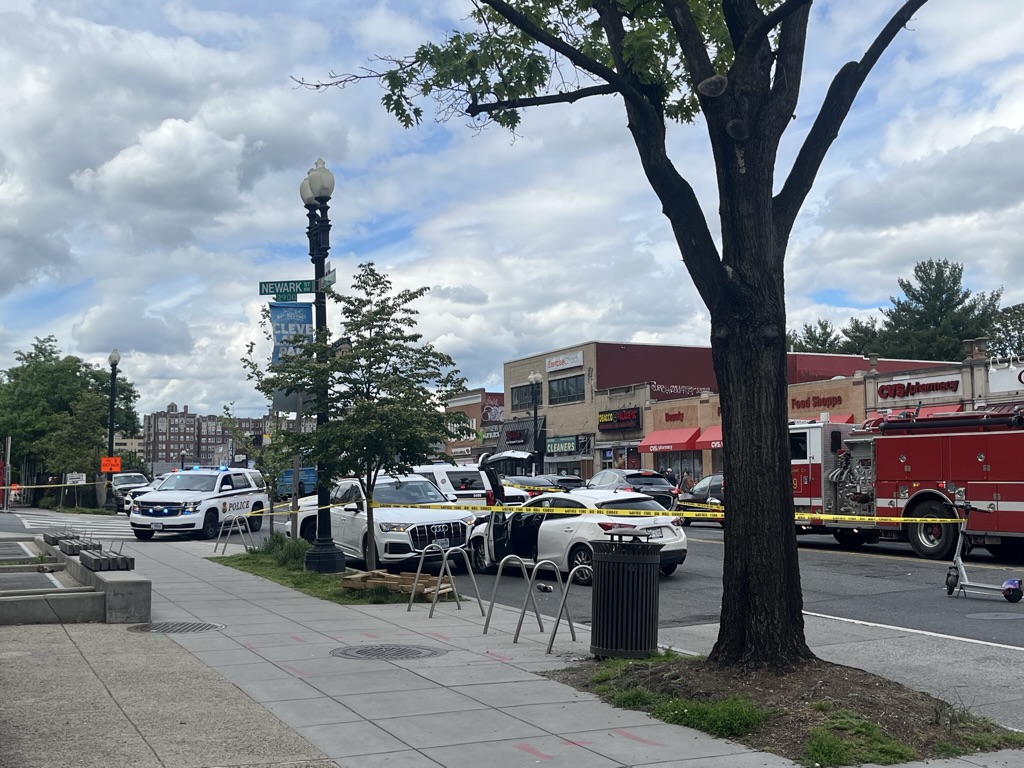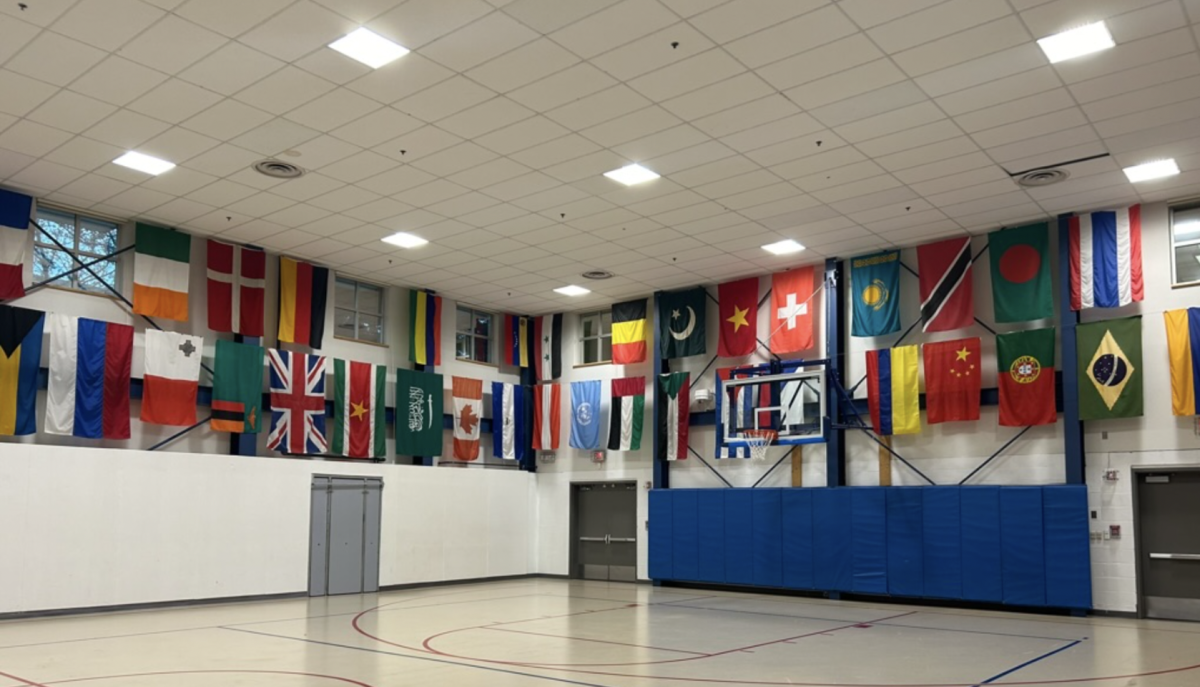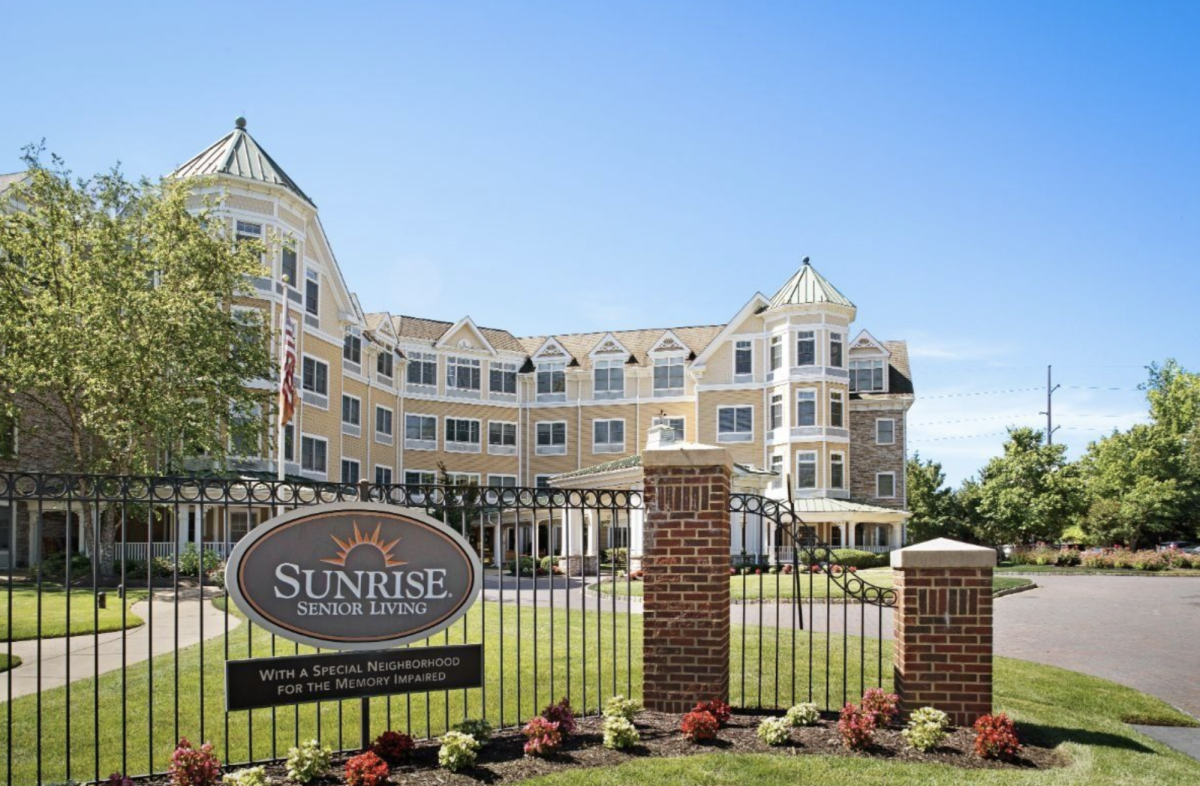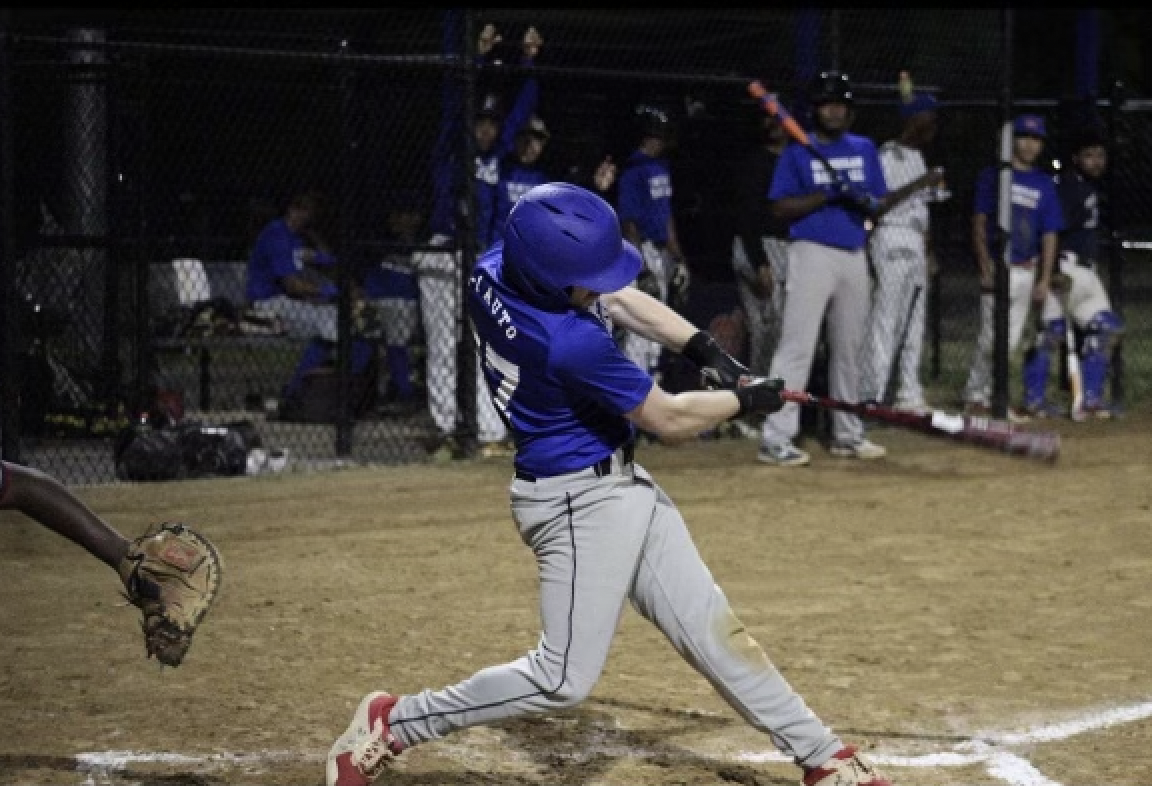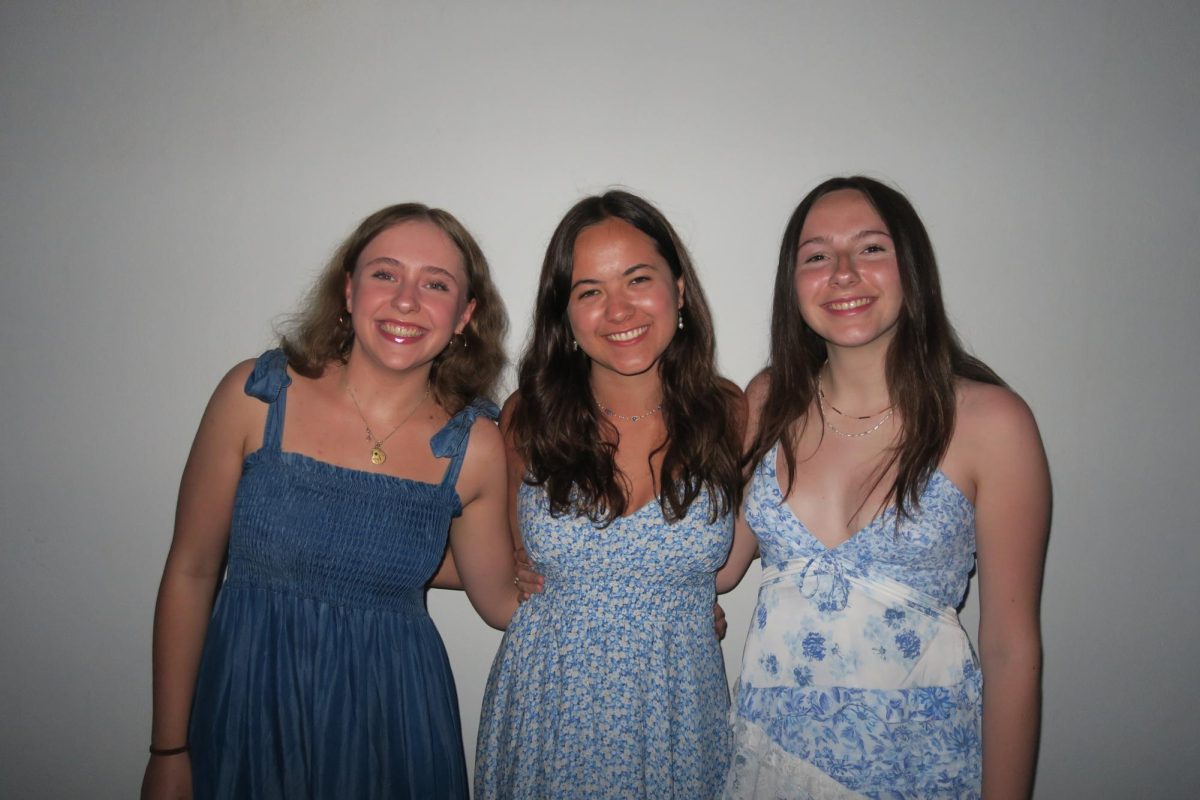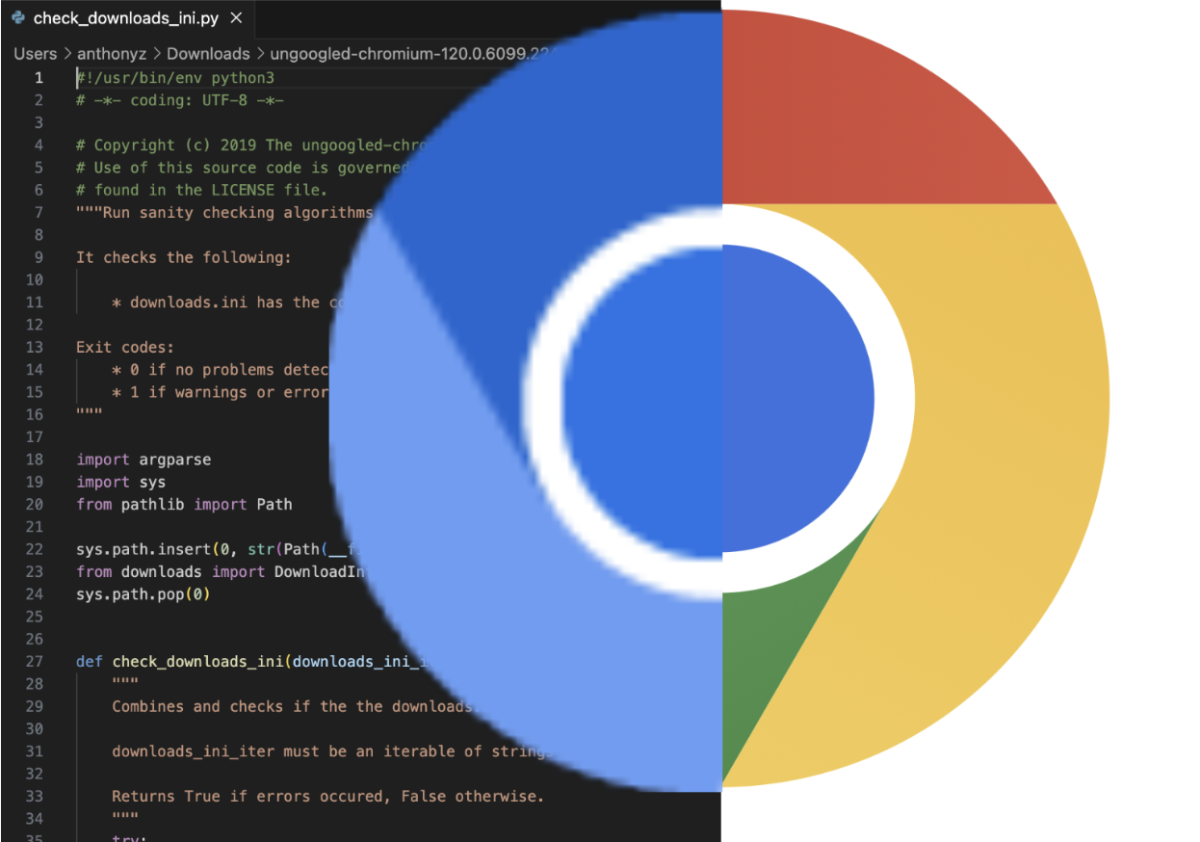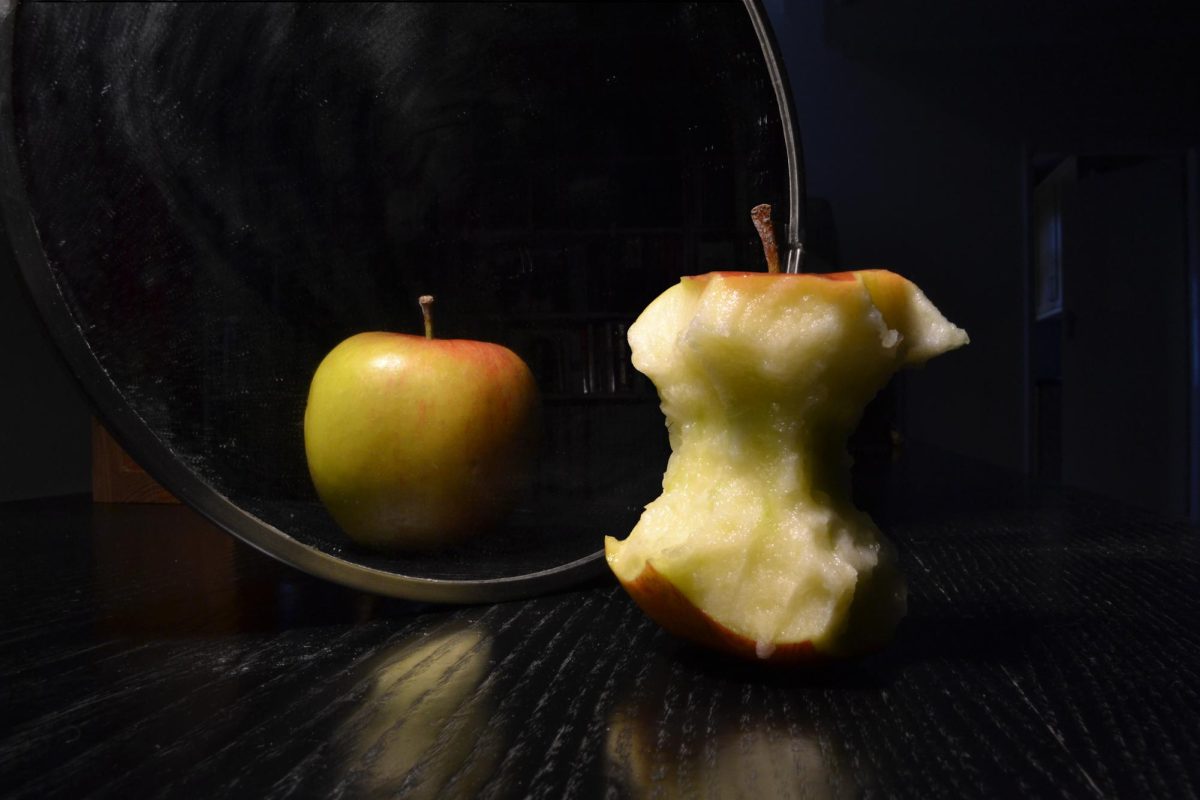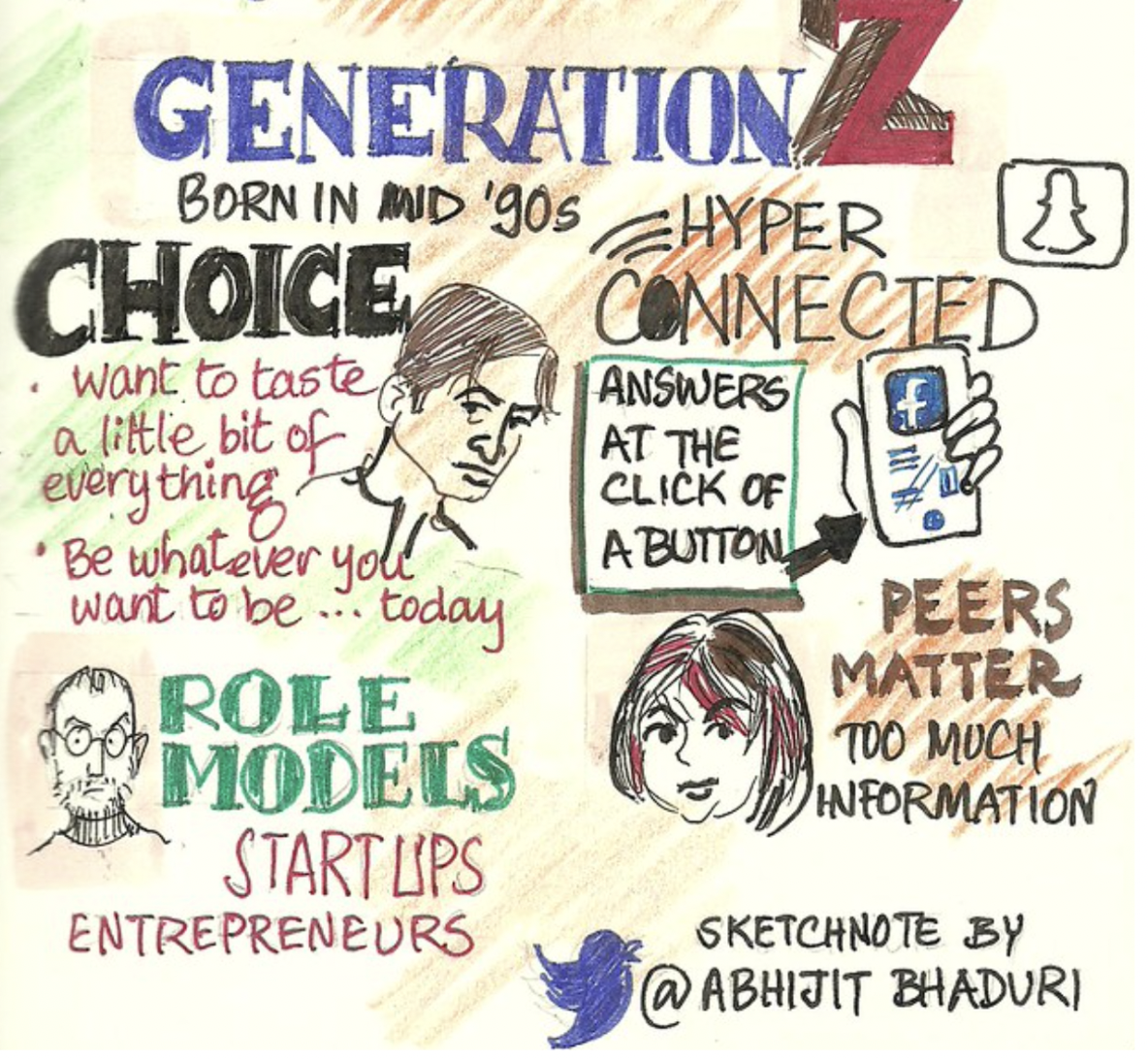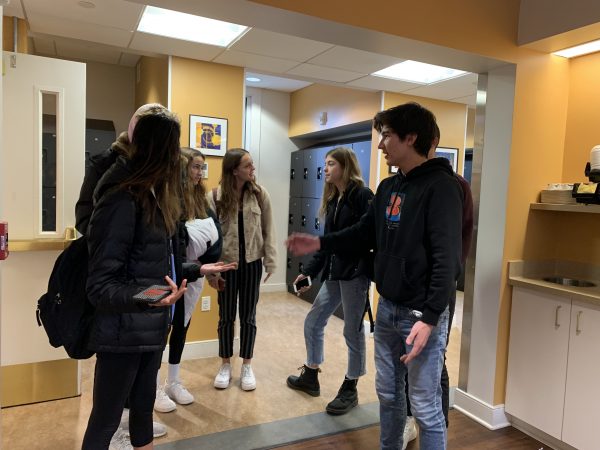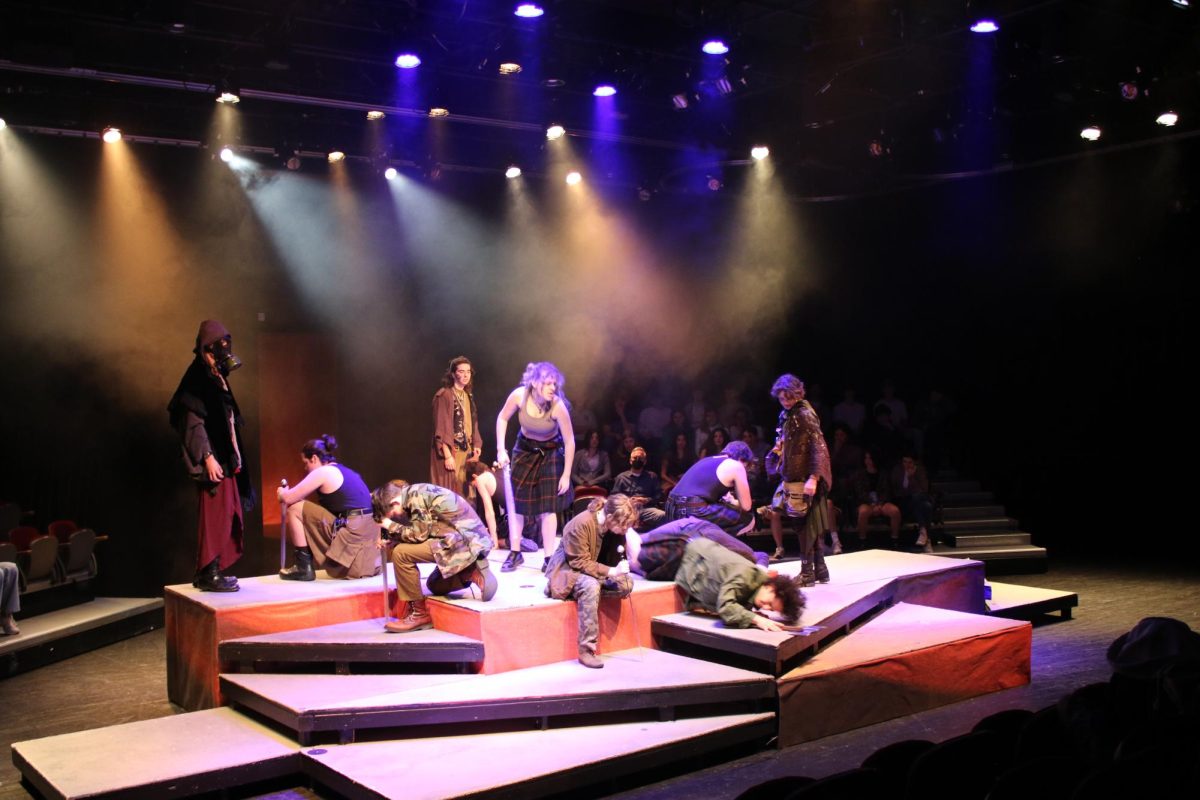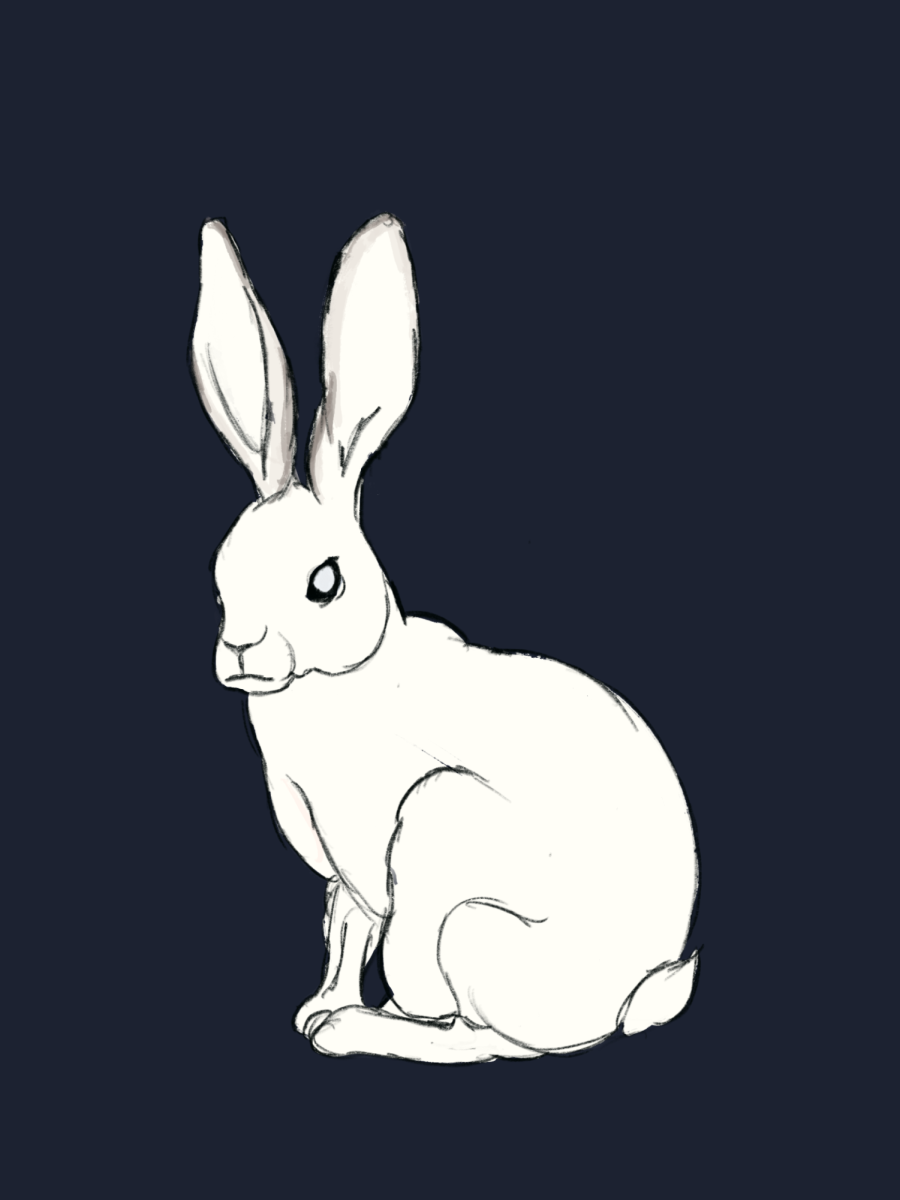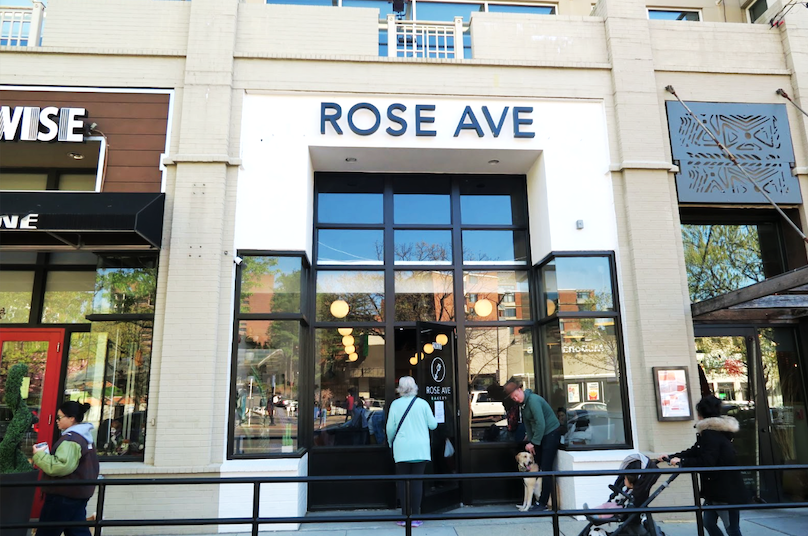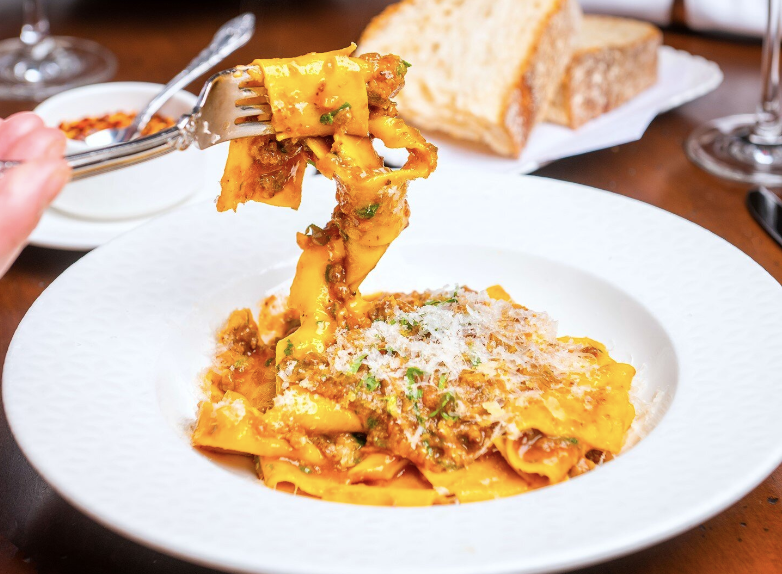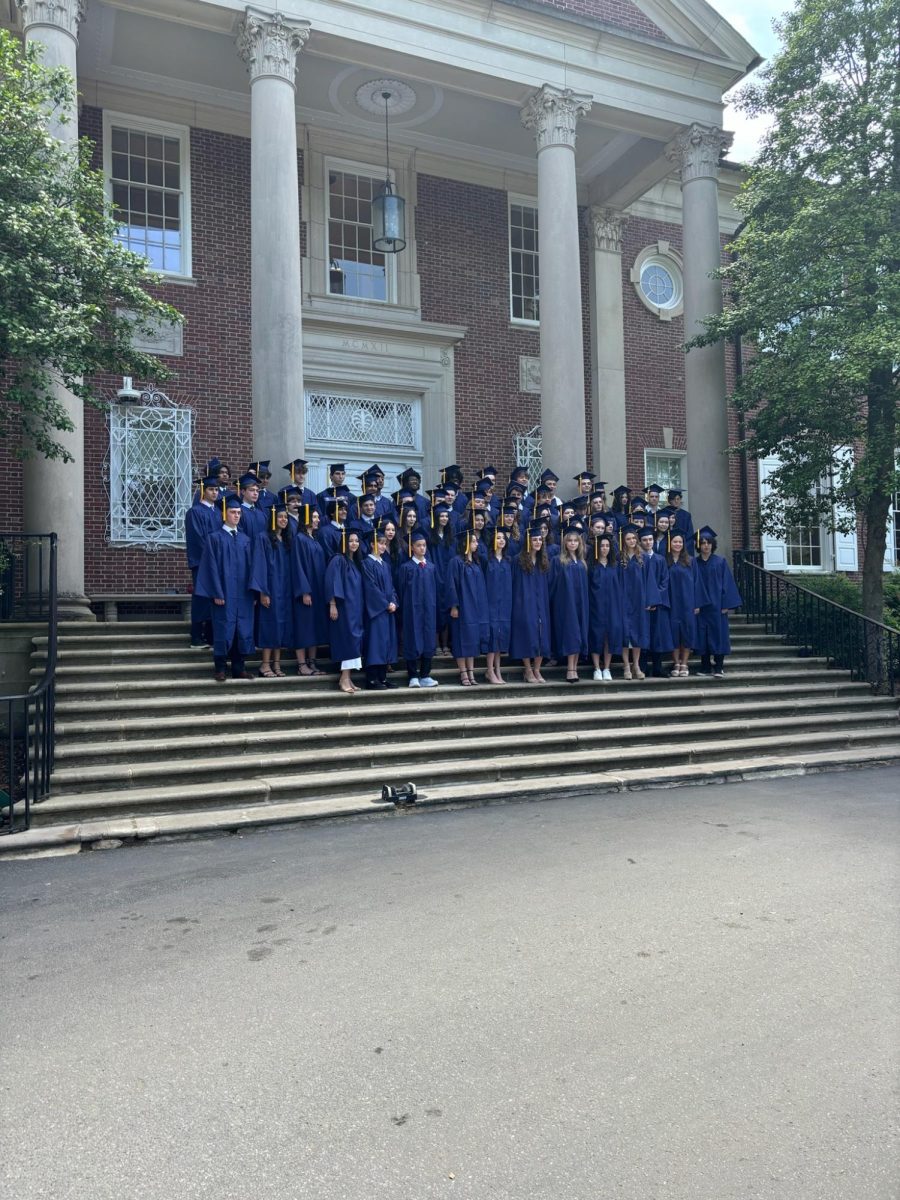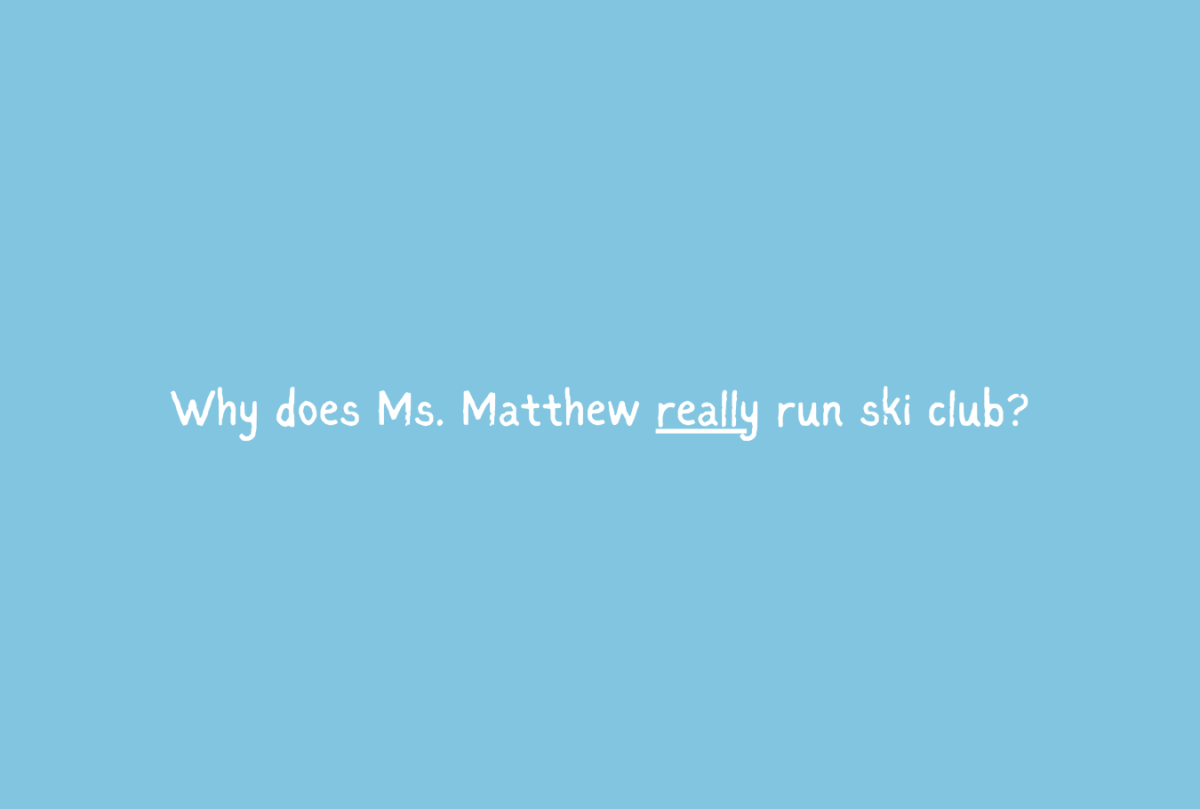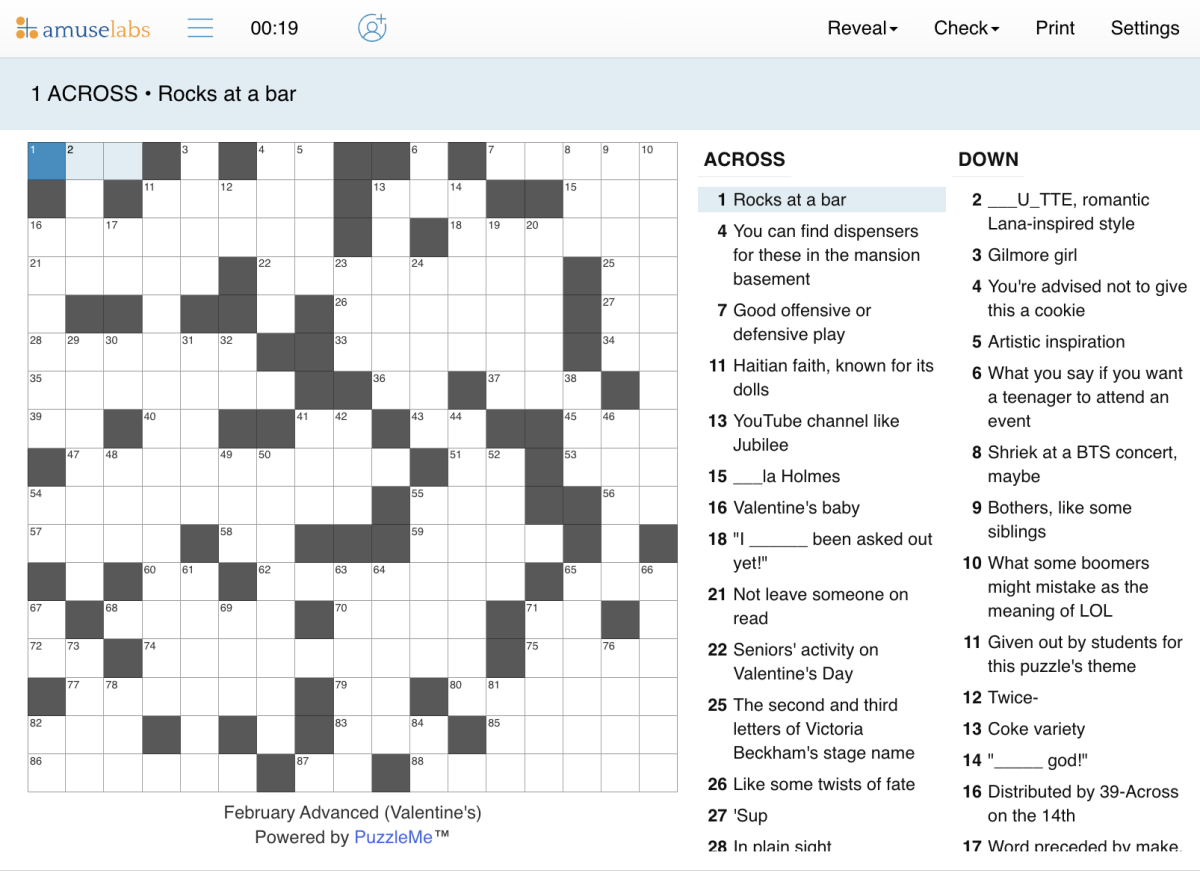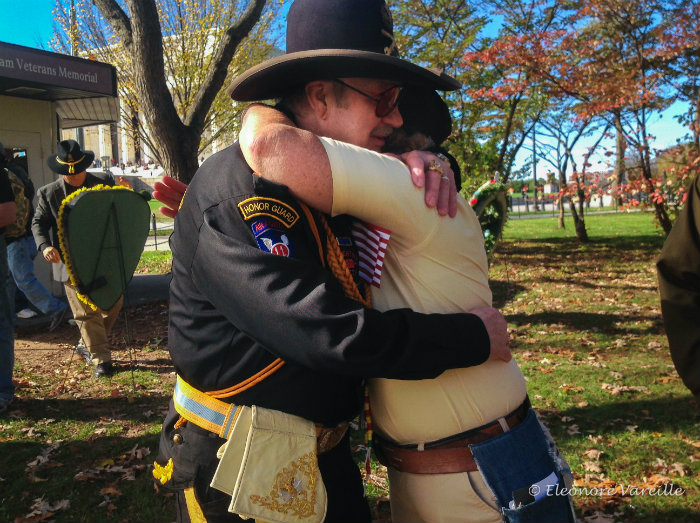
(Note: Earlier this school year, WIS journalism and photography students traveled to the National Mall to speak with veterans on Veterans Day. View and read all the stories from the day here.)
Walking past the marble wall engraved with names of dead soldiers that do not have personal significance is like being a ghost. You know that they fought for the Vietnam War, but you don’t really know them. Yet you stand there, watching people that are connected to the neat serif font on the wall. You see little pieces of enormous parts of people’s lives. Vignettes told through small gestures.
A woman tracing a particular name with her index finger, children with watery eyes. Adults take sharp breaths, hunched-over men in uniform clench their fists. You don’t exist to those people. They are encompassed in their bubbles, mourning/remembering. Thinking of loved ones, thinking of lost potential, thinking ‘what if.’ This wall is powerful: the emotion it inspires, the stories it tells, the inescapable tragedy laced in every carving. The wall tells all the tales that are integral to any war, and on Veteran’s Day, those stories come alive.The Vietnam War (1955-1975) is famous for being a Cold War proxy war. Often a large part of any history curriculum, the syllabus tends to focus on more than anything on the ideological aspect of the war, not the humanitarian. Words are taught: communism, socialism, democracy, freedom, ‘the American way’. What do those words mean to the actual soldiers on the battlefield? Did they mean anything? If they did, did they matter? A number is presented: 60,000 casualties. How much is that, in actuality? Too much, unimaginably so. Yet somehow, these numbers, this war becomes personal in the way of the wall. The names make the numbers real, suddenly comprehensible in front of your very eyes. To put it the way Operation Freedom Bird member Cindy Hollander-Stancliffe said “The wall… its something else entirely.”
Operation Freedom Bird is a 28-year-old non-profit program created to help veterans with Post Traumatic Stress Disorder (PTSD). On November 11, members walk around, placing flowers with bright ribbons next to walls, patting the shoulders of certain veterans, exchanging laughs. Run by Patrick Zeigert and Pat Lynch, the program brings war veterans from Arizona to Washington DC every year on Veterans Day. They do this in part to celebrate them, and in part because the wall seems to have some kind of therapeutic magic to it. “They bring [first time veterans], they bring them here and this is the first time their seeing friends and loved ones on the wall” volunteer Hollander-Stancliffe said. They say that the wall has the most healing effect of all, something that Pat Lynch calls “wall magic.”
They gave an example: a veteran came down from Arizona. He went down to the wall. He was a member of a five-person platoon. “He didn’t remember the names of the other four, until he saw the roses [on the wall] with the other names on them. And then he saw the names, he started to remember the jokes that they were telling, the experiences they had in Vietnam,” says Zeigert, as he breaks down?he broke down, crying. The wall gave him the names of his friends that he has forgotten due to trauma, and it “gave back a little piece of him”.
“‘Wall magic’” does not just apply to vets though. Hollander-Stancliffe has been a member of Operation Freedom Bird for 15 years. She is considered a gold-star wife, someone who has lost her husband to his service in Vietnam, “The reason I’m down here is… they’re all my brothers. They fought for my freedom. They were there when my first husband died and I try to give back as much as I can.” After her first husband died in service, she immediately moved from Pittsburgh to Washington DC to be closer to the memorial. There, while volunteering, she met another disabled veteran at the wall. With so much lost to the war, they found incredible common ground: someone who understands the pain. They got married years later, and support each other in more ways than one.
Stories such as these give hope. Little pieces of light in a time period thought to be so dark. Several veterans interviewed gave small vignettes of happy moments during the war. Former Air Force soldier Jason Bridge speaks about a particular moment, when he had to grill the steaks for dinner one evening for his fellow soldiers,“back then you poured beer over the steaks. By the time I was done cooking I was well looped, it was a great laugh.”
Little moments of happiness can also be found in your relations. Former Combat Engineer La Count spoke of his friends in the army as his brothers. “We had a camaraderie” he recounts. He said that those people were some of the closest he’s ever been to anyone. With racial issues raging in America, his fellow soldiers in Vietnam put aside their differences, and were brothers to each other, “That is another powerful thing about war, it brings soldiers together.”
In a way, the wall transcends the physical in the way that it represents its veterans. Not just with engraved names; but the effect that it has on them. It inspires people, while reminding them of what they lost, of the tragedy, it also reminds them of the good things. Of their fellow soldiers in the case of the Arizonian veteran, of the friendship and brotherhood that blossoms out of war that veterans Bridge and Count experienced. It becomes a timeless, infinite source of hope in the wake of its tragedy.
By Erika Undeland

